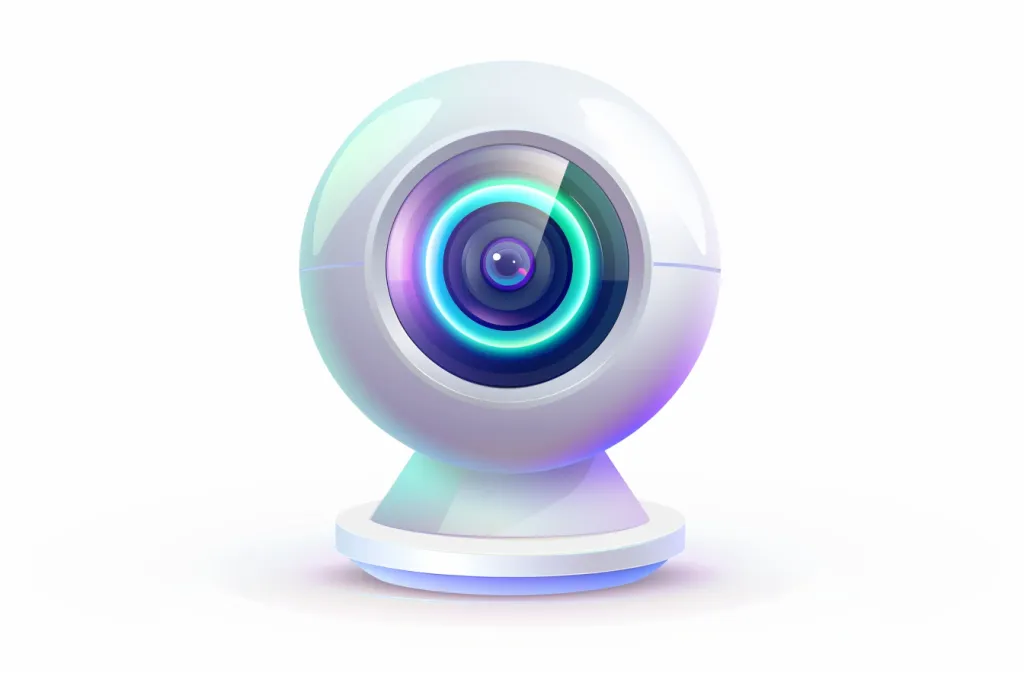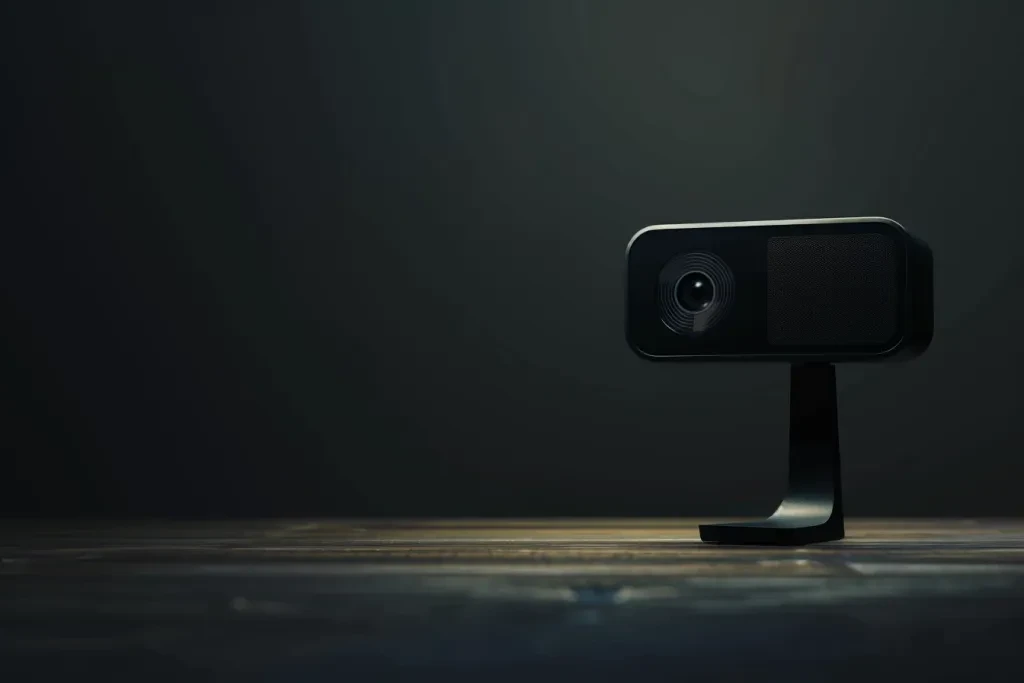In today’s digital age, webcams have become an indispensable tool for personal and professional communication. From facilitating remote work to connecting with loved ones, the capabilities of these devices extend far beyond simple video calls. This guide will explore the intricacies of webcams, offering insights into their operation, advantages, limitations, and tips for selecting and utilizing them effectively.
Table of Contents:
1. What is a webcam?
2. How does a webcam work?
3. Benefits and drawbacks of webcams
4. How to choose a webcam
5. How to use a webcam
What is a webcam?

A webcam is a digital camera designed to capture and stream video and audio in real-time over the internet or a computer network. Unlike traditional cameras, webcams are typically small, affordable, and easy to install, making them accessible for a wide range of users. They can be found embedded in laptops, tablets, and smartphones, or as standalone devices that connect to a computer via USB. Webcams serve various purposes, from enabling video conferencing and live streaming to security surveillance and content creation.
How does a webcam work?

At its core, a webcam consists of a lens, an image sensor, and a built-in microphone. The lens focuses light onto the image sensor, which converts the optical image into an electronic signal. This signal is then processed by the webcam’s internal hardware and software, transforming it into digital video data. The data is compressed and sent through a USB or Wi-Fi connection to the computer or network, where it can be viewed, recorded, or broadcasted live. Advanced webcams may also feature autofocus, light correction, and motion detection technologies to enhance video quality and functionality.
Benefits and drawbacks of webcams

Webcams offer several advantages, including the ability to communicate face-to-face with people worldwide, record videos, and participate in online meetings or classes. They are relatively inexpensive, easy to set up, and compatible with most operating systems and video conferencing applications. However, webcams also have their limitations. Video and audio quality can vary significantly between models, and low-end webcams may produce grainy or laggy footage in poor lighting conditions. Privacy concerns are another drawback, as webcams can be hacked or accidentally left on, potentially exposing sensitive information.
How to choose a webcam

Selecting the right webcam depends on your specific needs and budget. Consider the following factors: resolution, frame rate, field of view, autofocus, microphone quality, and compatibility with your operating system and applications. For general use, a 720p resolution webcam with a 30 frames per second (fps) rate may suffice. However, for professional streaming or high-quality video calls, look for a 1080p or 4K resolution webcam with a higher frame rate and a wide field of view. Additional features like a privacy shutter, built-in ring light, or background replacement technology may also be beneficial.
How to use a webcam

Using a webcam is straightforward. For standalone webcams, simply plug the device into a USB port on your computer and install any necessary drivers or software. Most operating systems will automatically recognize and configure the webcam. To achieve the best video quality, position the webcam at eye level and ensure the area is well-lit, avoiding backlighting from windows or lamps. Adjust the webcam settings, such as resolution, frame rate, and exposure, according to your preferences and lighting conditions. Finally, familiarize yourself with the privacy settings and learn how to disable the webcam when it’s not in use to protect your privacy.
Conclusion:
Webcams have revolutionized the way we communicate, offering a convenient and cost-effective solution for real-time video interaction. By understanding how they work, their benefits and drawbacks, and how to choose and use them properly, you can enhance your communication experience and ensure your privacy and security. Whether for work, education, or staying in touch with loved ones, webcams are a valuable tool in our increasingly digital world.




